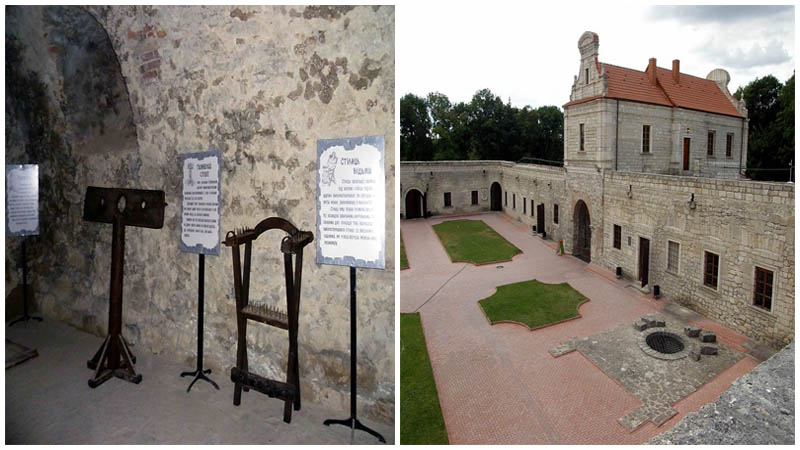Situated on the left bank of the Gnezna River in the town of Zbarazh in the Ternopil Oblast, western Ukraine, Zbarazh Castle has a story to share and attracts tourists from all corners of the world.
Its beginning can be traced all the way back to the 1600s; however, it has roots that go deeper. At first, there was a wooden fortress on the site that was erected in the 13th century. It suffered badly during a battle with the Tatars and was re-erected, again in wood, during the 14th century before being set in flames again.
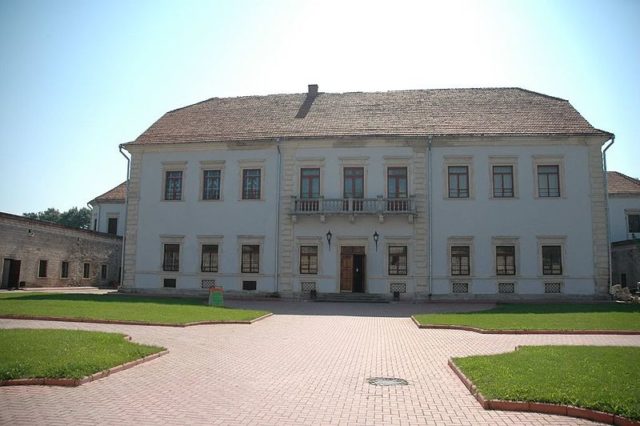
Later, the Zbarazsky brothers Yuriy and Christopher, back then young princes, decided to erect a fortress to protect the city from the Tartars. It was erected in stone and was designed by the architect Vincenzo Scamozzi, whom Christopher met during his stay in Italy. The plans were changed at a later date because Scamozzi initially designed a lovely and lavish palace – something that would definitely not stop the battle-thirsty Tartars.
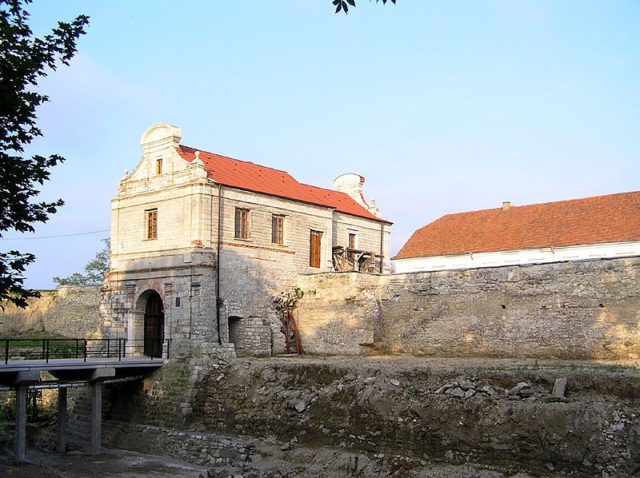
The brothers were very well educated; their teacher was the now world-renowned scientist Galileo Galilei.
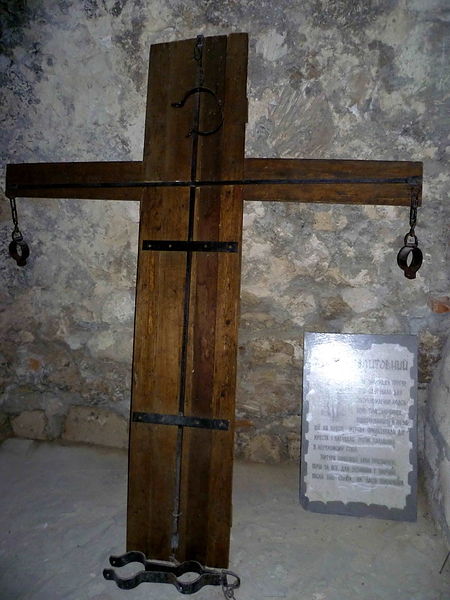
Christopher passed away in 1627 and Yuriy continued to fulfill their plans and make sure that the castle was finished.
Construction was completed in 1631. As the brothers never had an official will to determine who they wished the castle to go to, upon the death of the last brother the Wiśniowiecki family became the owners.
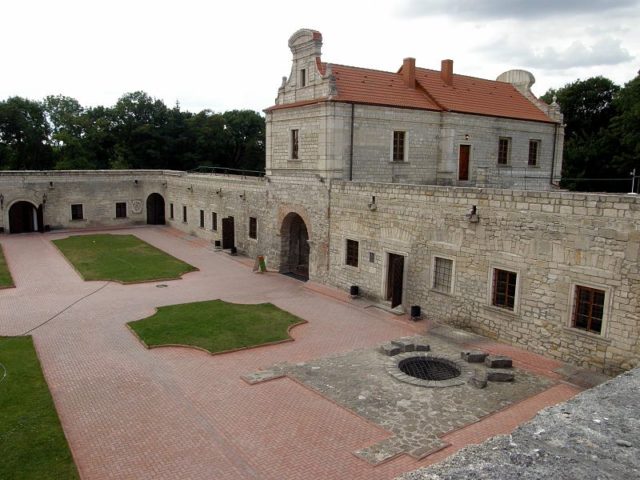
The Wiśniowiecki family made some alterations, making it stronger and much more battle-ready. Their additions included converting the towers into bastions filled with weapons, and rendered it a true challenge for anyone that wished to conquer it.
They even made part of the walls so thick that no battering ram of the day could get through them. The palace stood in the middle of the stronghold, protected by casemates on each side as well as a deep ditch.
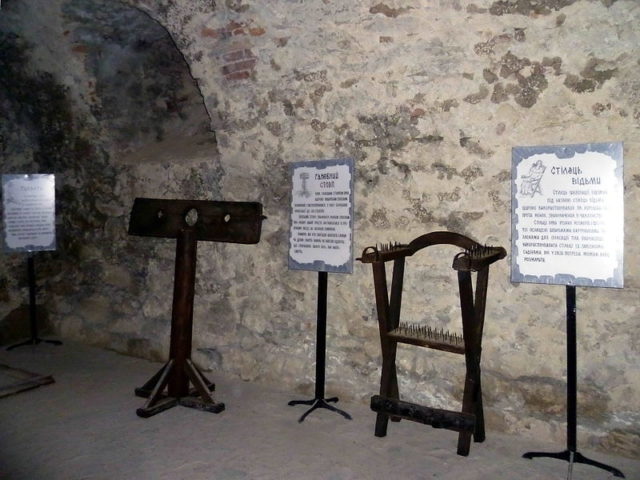
If this wasn’t enough, it was connected to the local Bernardine monastery via an underground tunnel, which offered a safe passage right under the feet of the enemies.
And it was all done with good reason because the fortification was a constant target and over the years saw a number of major battles, including a major attack in 1649. With no other choice, the Polish troops were forced to retreat after a devastating attack from the Cossacks. They retreated to Zbarazh Castle.
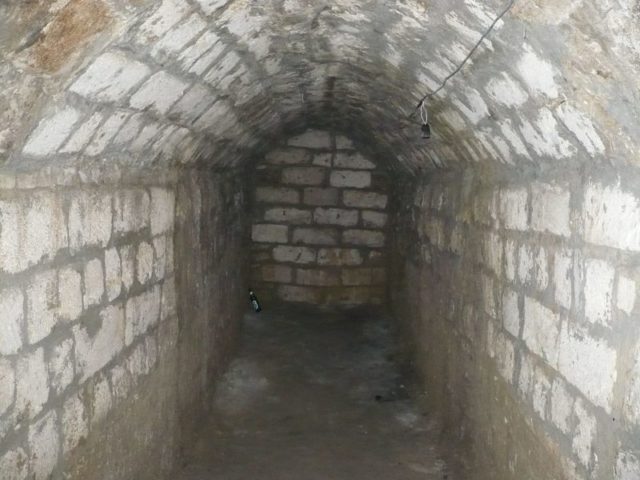
They managed to secure their location and save the castle. However, two years later the Cossacks managed to claim it.
Another battle happened in 1675, during which the castle was completely destroyed by the Ibrahim Shaytan Pasha’s troops. Prince Dymitr Jerzy Wiśniowiecki subsequently carried out major renovations.
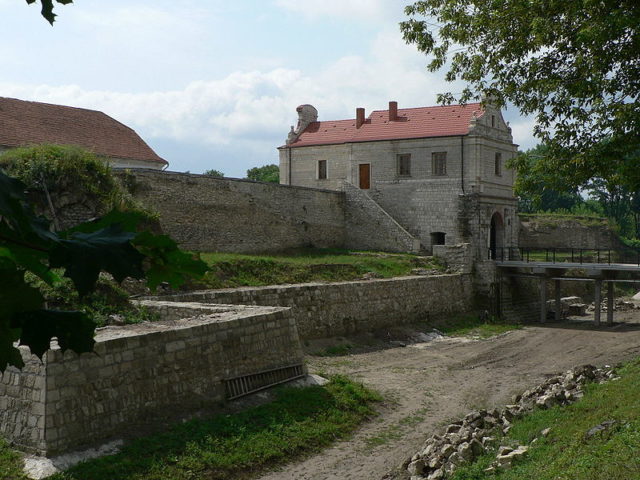
A period later, the site went to the Potocki Family. They converted it into a residence more suitable for living and equal to the needs of an 18th-century magnate.
It was once again lost during the Great Northern War and this time went to the Swedes. The site also managed to survive the First and Second World Wars but fell into despair during the Soviet rule.
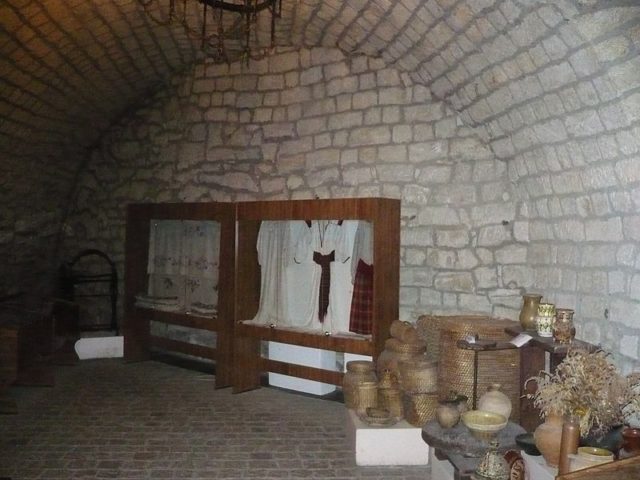
It remained in that state for years, until the 1990s, when major restorations took place. Today, it is a famous tourist destination and is constantly filled with different exhibitions, ranging from ethnography and retro paraphernalia to the torture chamber in the cellar that offers working replicas of many medieval torture machines.
